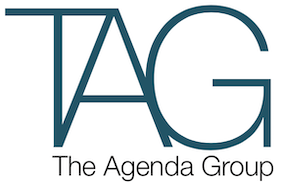Organisations today have an array of interested stakeholders monitoring, often providing public critiques, the words and actions of key decision makers.
While stakeholder management has become something of a mantra for communications professionals, perhaps the best way to ‘manage’ stakeholders is to support and encourage their active participation in decision making.
Community engagement is a methodology that seeks input from stakeholders affected by a problem or decision. That input is then used by the organisation to make a decision.
But for community engagement to be effective, organisations need to be genuine and transparent. They need to be open to sharing information, listening and following through on the commitment to stakeholders that their input will influence decisions. If an organisation can’t make this commitment, then they would be well advised to stay away from community engagement.
Effective community engagement draws affected stakeholders into the process by providing meaningful information so that stakeholders can contribute in an informed manner. Yes, some people will try to run with their own political or social agenda, but a transparent approach to all stakeholders will expose the uninformed or mischievous.
Community engagement does not mean handing over decision making power, and it does not mean diverting from your organisational goals. Better decisions will be made and supported by the stakeholders that count.
Government departments, agencies and local government are increasingly turning to community engagement.
While the sceptics worry about a loss of control, increased resourcing and their own fears of diminishing their own perceived power, the adopters of community engagement are already seeing better decisions and improved stakeholder relationships.
Governments are leading the way in community engagement, but there is a huge untapped upside for the private sector.
